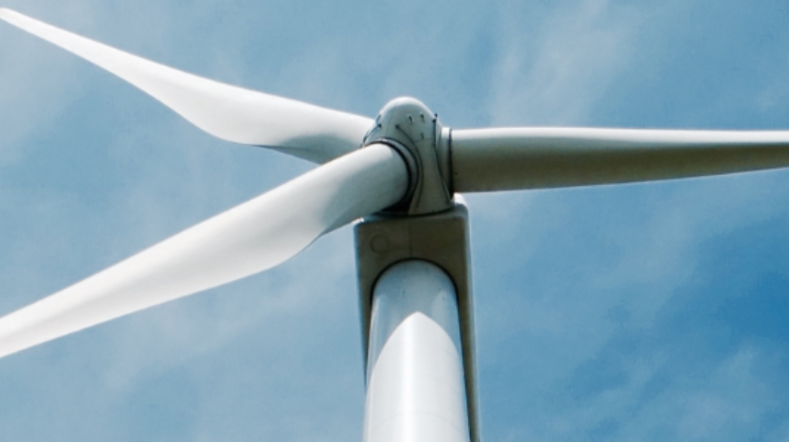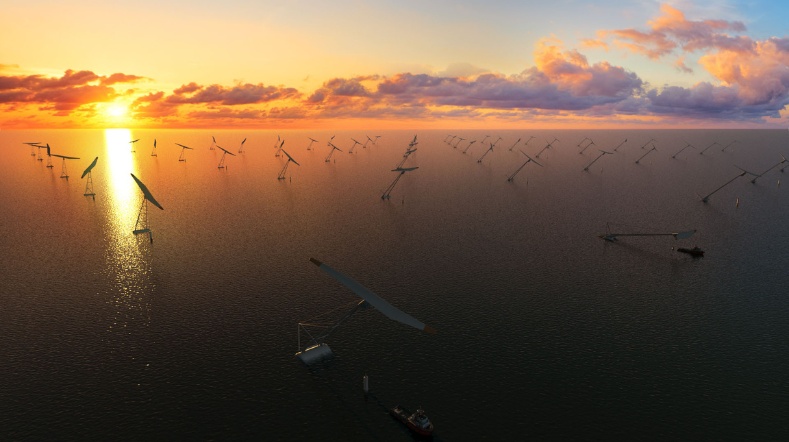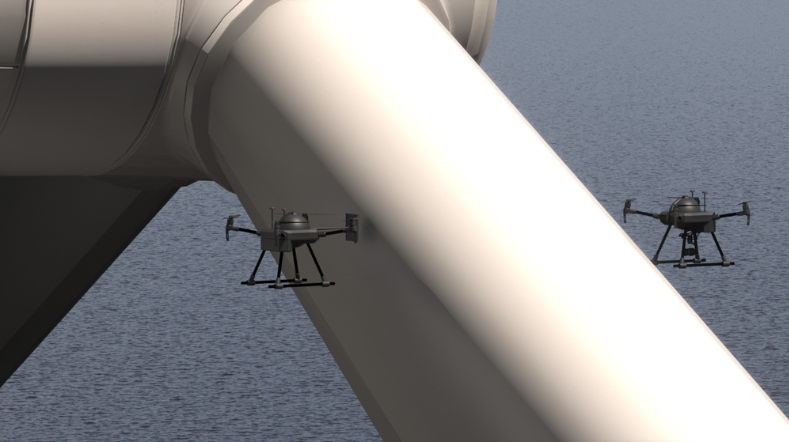
Haliade X: Measurements on large wind turbine
In cooperation with
GE Vernova
The arrival of the world’s largest wind turbine – the Haliade-X 12MW on the Maasvlakte – has heralded a new phase in 2019 for the next generation of wind energy at sea. Experts from TNO conducted a comprehensive measurement programme on behalf of owner GE Vernova. They have received a full type certificate from DNV GL. This contributed to the realisation of the world's largest wind turbine by 2020. This proofs the turbine lives up to expectations and meets the requirements that have been set. So, the Haliade-X has been taken into production and being installed in offshore wind farms.
Higher capacity
The production and installation of the Haliade-X is important because by 2030, at least 11.5 gigawatts of installed capacity must be in place in the North Sea. Wind farms with large turbines, such as the Haliade-X, are helping to achieve this ambition.
With a capacity of 12 megawatts, it provides more energy than the current most powerful turbine. 67 gigawatts hours gross per year is sufficient for 16,000 European households.
Haliade X achieves full type certificate
Since the Haliade X is in operation, TNO performs wind measurements for certification as well as research purposes. The measurements have been successful and have contributed to the milestone of achieving a full type certificate from DNV GL.
This full type certification, which follows a provisional type certification announced in June 2020, provides independent verification that the new turbines will operate safely, reliably and according to design specifications. TNO is continuing the measurements with the upgrade to 13 MW.
Pushing the boundaries for the Haliade-X
TNO is one of the few organisations that is accredited to carry out the so-called certification measurements. Our experts have performed extensive measurements on, in and around the Haliade-X 12MW offshore wind turbine. For TNO, this is a familiar scientific domain, but the unprecedented height (260 metres), blade length (107 metres) and diameter (220 metres) are pushing the boundaries of aerodynamic knowledge. GE’s design and calculations, as well as those of the manufacturers of the blades and other components, are practically validated by measurements over a period of almost a year.
A unique combination of expertise
During the construction of the approximately 150-metre high tower on the Maasvlakte, TNO staff fitted it with numerous sensors to carry out the measurements. The nacelle to which the rotor blades are attached was also fitted with strain gauges, accelerometers and all kinds of other sensors during installation on the tower. During the production of the blades, which are more than 100 metres long, TNO experts at LM Wind Power in Cherbourg fitted various measuring instruments to them. TNO provides a unique combination of knowledge regarding wind, aerodynamics, sensors and models.

Leading the way with knowledge
In addition, a 135-metre high mast is erected next to the turbine to measure all wind speeds and directions, as well as temperature and humidity, over a period of four seasons. The results of these meteorological measurements are combined with those of LIDAR, a laser technology. Due to the rotation of the blades, the height of the mast is limited to 135 metres, so this technique is suitable for accurately measuring wind speeds and directions from the tip of the blade to the base. All of these measurements – in numerous places in and around the turbine and combinations thereof – are the first of their kind ever. Thanks to this knowledge, our country remains a global leader. TNO supports GE Vernova in bringing their innovative products to the market in the shortest possible time.
TNO wants to set up a knowledge platform in the Netherlands for measuring wind turbines. Interested companies and knowledge parties from our country and beyond can participate in this platform.
Get inspired
X-ray drone technology and digital twin to detect sub-surface defects within turbine blades


Advancing wind turbine blade reliability through innovative monitoring and digital twin technology


Consortium explores positive wake effects of floating wind turbines


Wind turbine inspections with autonomous drones and digital twin modelling


Switch to the hybrid energy system

